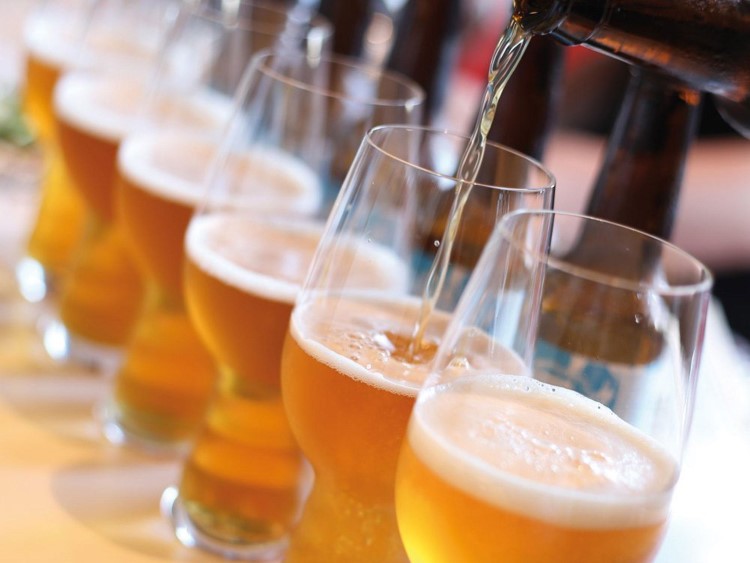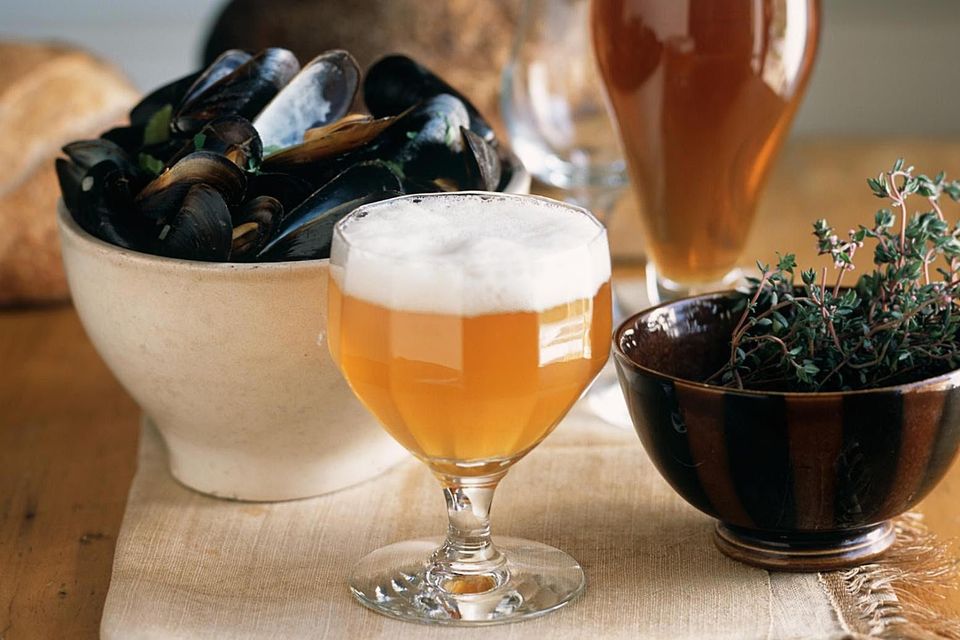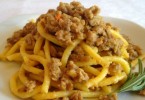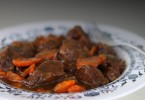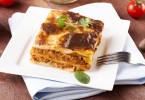Lambic beer: a niche style
Lambic beer is considered a niche brew style with peculiar and always different organoleptic properties. It is produced almost exclusively within the Belgian area of Pajottenland in the south west of Brussels, but also in the Belgian capital itself and its name derives probably by the district of Lambeek, near Bruxelles. The main element of this beer is the spontaneous fermentation, which means that there hasn’t been selected specific groups of yeasts to start the fermentation, but wild yeasts are used to start the fermentation once in contact with the air. Yes, Lambic must is exposed to open air where it is invaded by this type of yeasts naturally existing in the environment, able to activate the fermentation.
There are more than 80 types of microorganism in the Lambic beers, and the most important are Brettanomyces Lambicus and B. Bruxellensis.
Lambic beer: preservation method
Among the families of microorganism in the nature there are, however, also types that can affect negatively the quality and the taste of the beer. For this reason, hop is used as natural preservative with the aim to stop the development of these dangerous organisms. On the other side, too much fresh hop make the beer too bitter, this is the reason why the brew masters prefer to use dried hop.
When the spontaneous fermentation starts, the Lambic is moved in wooden barrels (chestnut or durmast) and aged for two or three years. Barrels are not closed hermetically and they enhance the creation of a floating layer on the liquid, called flor that protect the oxidation.
Lambic beer: history
In the past, it wasn’t weird that wines and cheeses get the same taste and smell of the surrounding environment where they were preserved. Beer isn’t an exception, through this process of contamination, that even if it was not sought it could not be managed in another way, born such an amazing beer, that still today is carefully replied by the brew master.
It is common to behave that the Ancient Egyptians thousand of years ago discovered beer in this way, but more generally it was the easiest and cheapest way of the poor people to get this drink.
Lambic Beer: organoleptic properties
Sight: the time and the external agents make this beer darker with colours that goes form pale yellow to intense gold. No foam and carbonation and flat structure given that no secondary fermentation occurs.
Smell: it is not possible to state common olfactory notes according to the age, place, year and barrel, each Lambic is on its own. Generally, we talk about lactic notes, of cellar, with a high acidity, with citrus and fruity notes with variable intensity.
Taste: not dry, pretty sour, few or not bitter and a low alcoholic volume (around 5.0 – 6.5%)
Lambic beers: types
Lambic is a style that you can hate or love and for this reason it is different from the “easier” Lager or Ales. In order to make them more pleasant and appreciated by a larger number of people, Lambic beers are often mixed with syrups of fruit to create the famous Kriek, made with whole cherries in infusion for some months or the Framboise, produced with raspberries juice. Famous are also the ones flavoured with strawberries, grapes or peaches. In Belgium, the Gueuze is well appreciated, also called Champagne of Brussels and it is not a case if it is served in champagne glasses. We talk about a beer produced mixing “young” Lambic beers (a year) with older beers (two or three years of ageing), thanks to the sugar contained in the malt of the younger beer activate the secondary fermentation once bottled.

